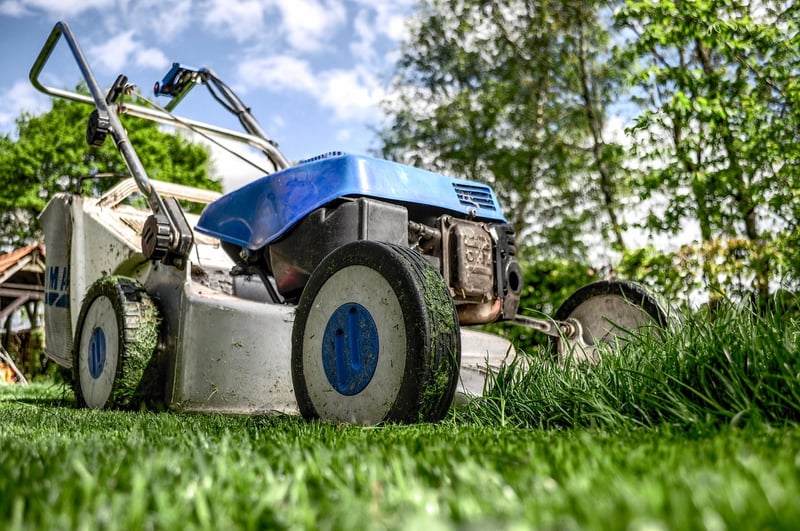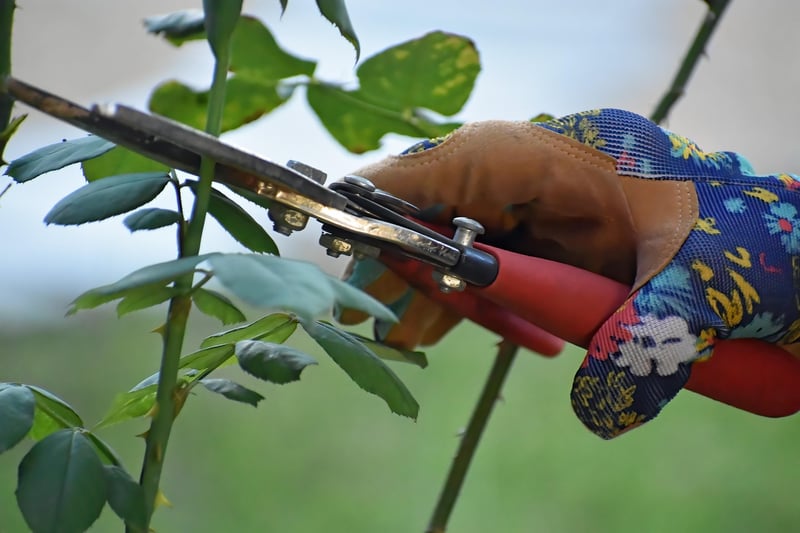Pruning Guidance
Keep Your Garden Thriving with Proper Pruning Techniques
Having a well-maintained garden not only enhances the visual appeal of your outdoor space but also promotes the health and growth of your plants. One essential practice that can help keep your garden thriving is pruning. Proper pruning techniques not only help control the size and shape of your plants but also encourage new growth and flowering. Here are some tips to guide you through the process of pruning for a flourishing garden:
1. Understand the Purpose of Pruning
Pruning serves several purposes, including:
- Removing dead or diseased branches
- Shaping the plant for aesthetic purposes
- Encouraging new growth and flowering
- Improving air circulation within the plant
2. Use the Right Tools
Invest in high-quality pruning tools such as pruning shears, loppers, and pruning saws. Keeping your tools sharp and clean will ensure clean cuts and minimize damage to the plant.
3. Timing is Key
Know the optimal time to prune specific plants. For most flowering shrubs, pruning after they bloom will ensure you don't remove next season's flower buds. On the other hand, dormant pruning during late winter is suitable for many trees and shrubs.
4. Learn Different Pruning Techniques
There are various pruning techniques depending on the plant type and desired outcome. Some common techniques include:
- Cleaning cuts to remove dead or diseased wood
- Thinning cuts to improve airflow and reduce density
- Heading cuts to control the height of the plant
- Pinching to promote bushier growth
5. Observe Proper Pruning Practices
When making cuts, ensure they are clean and angled to promote healing. Cut just above a bud or lateral branch to encourage new growth in the desired direction. Avoid leaving stubs that can invite disease or pests.
6. Monitor Plant Response
Keep an eye on how your plants respond to pruning. Healthy new growth and abundant flowering are signs that your pruning techniques are effective. Adjust your approach based on the plant's reaction.
Conclusion
Pruning is a valuable skill that can help you maintain a vibrant and healthy garden. By understanding the purpose of pruning, using the right tools, timing your cuts correctly, learning different techniques, and practicing proper pruning practices, you can promote the growth and beauty of your plants. Regular pruning will not only keep your garden looking its best but also ensure the long-term health of your green space.

Remember, each plant may have specific pruning needs, so it's essential to research individual species for tailored guidance. With these pruning tips in mind, you can keep your garden thriving throughout the seasons.
